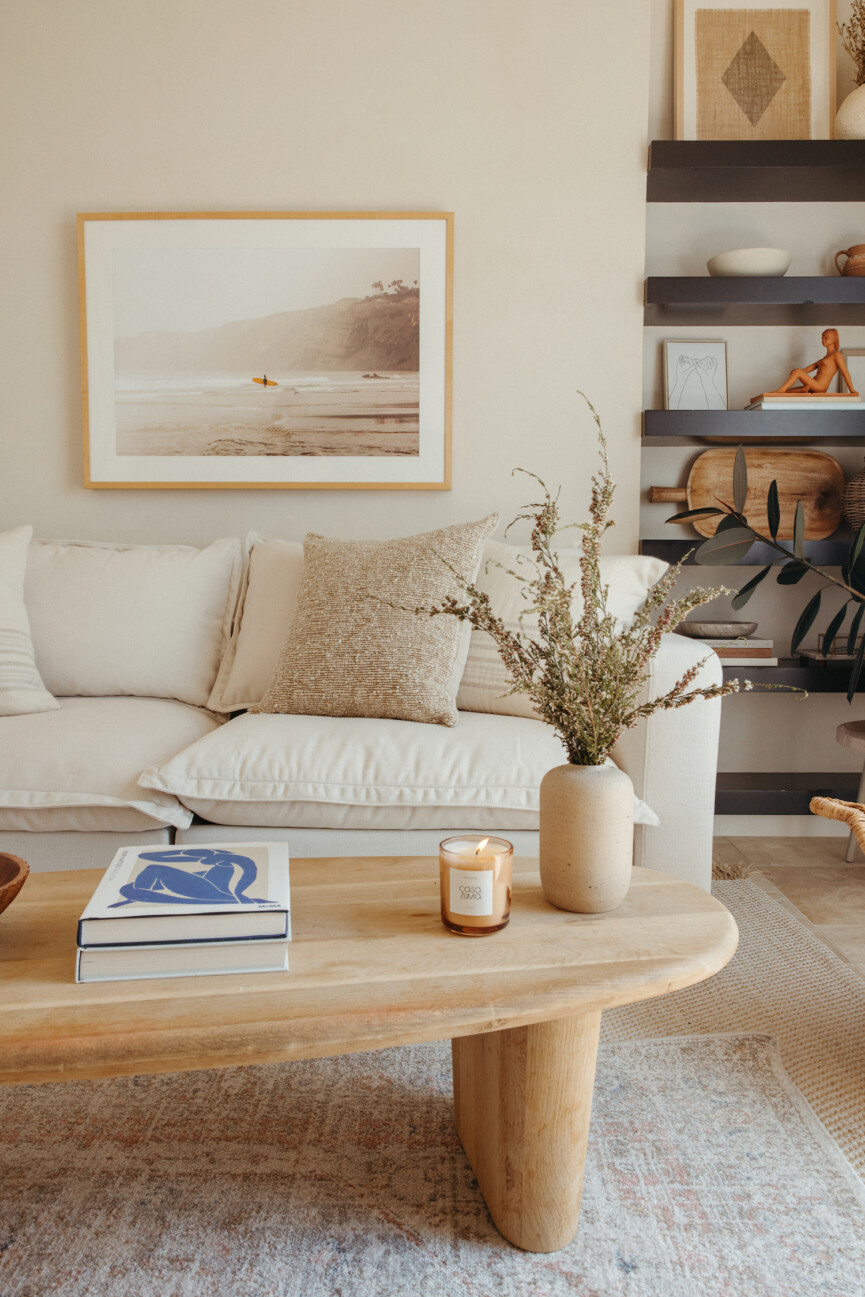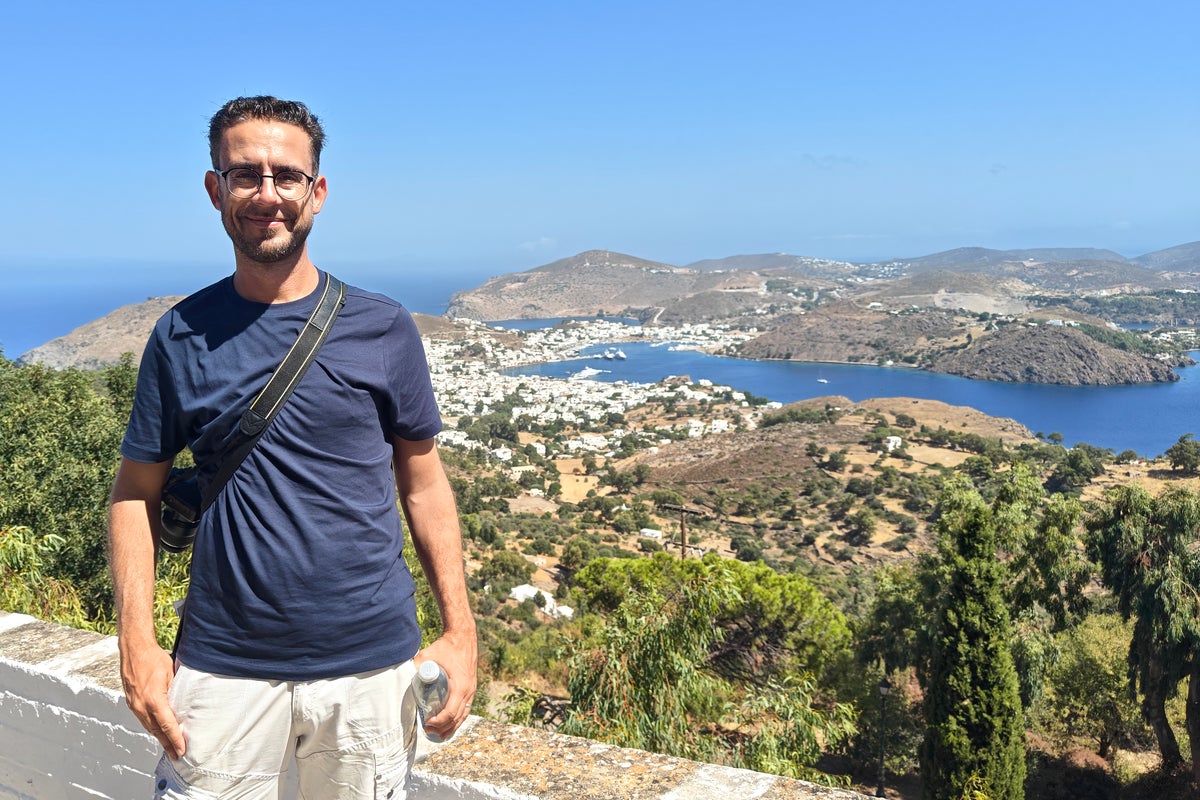KR Liu on championing disability innovation and inclusive design for everyone
The global head of brand accessibility at Google Brand Studio writes about launching the search giant’s accessibility marketing playbook—and more.

Ad Age is marking Disability Pride Month 2023 with our Honoring Creative Excellence package, in which members of the disability community revisit some of their favorite creative projects. Today, KR Liu, global head of brand accessibility at Google Brand Studio, writes about launching the search giant’s accessibility marketing playbook, and more.
The most significant and impactful work someone can do advances an entire industry, community or generation—not just their own agenda. This was the goal when, in 2022, I collaborated with Andraéa LaVant, Selma Blair, Disability:IN and many other industry leaders to create and launch Google’s accessible marketing playbook on All In.
When I joined Google in 2020, people with disabilities were authentically represented in just 1% of Google’s marketing creative, despite 16% of the global population having some form of disability. As a queer, disabled woman in tech, I rarely saw my whole self authentically represented in the media—and in turn, I tried to hide who I was. Because of this, I felt personally responsible for moving the needle forward, not just for Google, but for the entire media industry.
Since then, we’ve increased representation from 1% to 6%, with a priority commitment of reaching 16% by 2025. And in an effort to bring others along on this journey, we launched an update to All In, Google’s inclusive marketing toolkit, focused on disability-inclusive and accessible marketing, designed for long-term impact, not only for our own creative but for the media landscape at large.
Beyond marketing playbooks, my lived experiences have also influenced disability innovation and inclusive design for everyone. I’ve been hard of hearing since the age of 3, and I’ve experienced the lack of access and affordability of hearing aids like most of the 466 million people globally who are d/Deaf or hard of hearing. Because of this, I worked on innovative technology, such as Google Live Caption, and policy change, including the Over-the-Counter Hearing Aid Act (which passed in 2017, and for which the FDA finalized a new rule in August 2022)—making both live captioning and hearing aids more accessible and affordable for everyone.
It is critical that we do not stop here; this is not a one-size-fits-all solution that can be solved by a single person. We need you, your company, your friends and allies to continue this work. When building a more inclusive world, consider the following three principles:
1. Nothing about us without us: Include people with disabilities from the beginning, from start to finish and throughout, in front of and behind the cameras.
2. Don’t just check the box: Accessibility is a mindset, not a box to check. It’s a constantly evolving process and goes beyond compliance.
3. Intersectionality is important: Disability is not binary, so think about all the intersecting identities that someone may identify with and ways to authentically represent each one.
With these principles in mind, you too can ensure that accessibility and disability inclusion show up across all creative materials and new tools and technology, allowing everyone to have access and feel seen.

 JaneWalter
JaneWalter 
























.jpeg?trim=0,0,0,0&width=1200&height=800&crop=1200:800)





.jpg&h=630&w=1200&q=100&v=f776164e2b&c=1)

